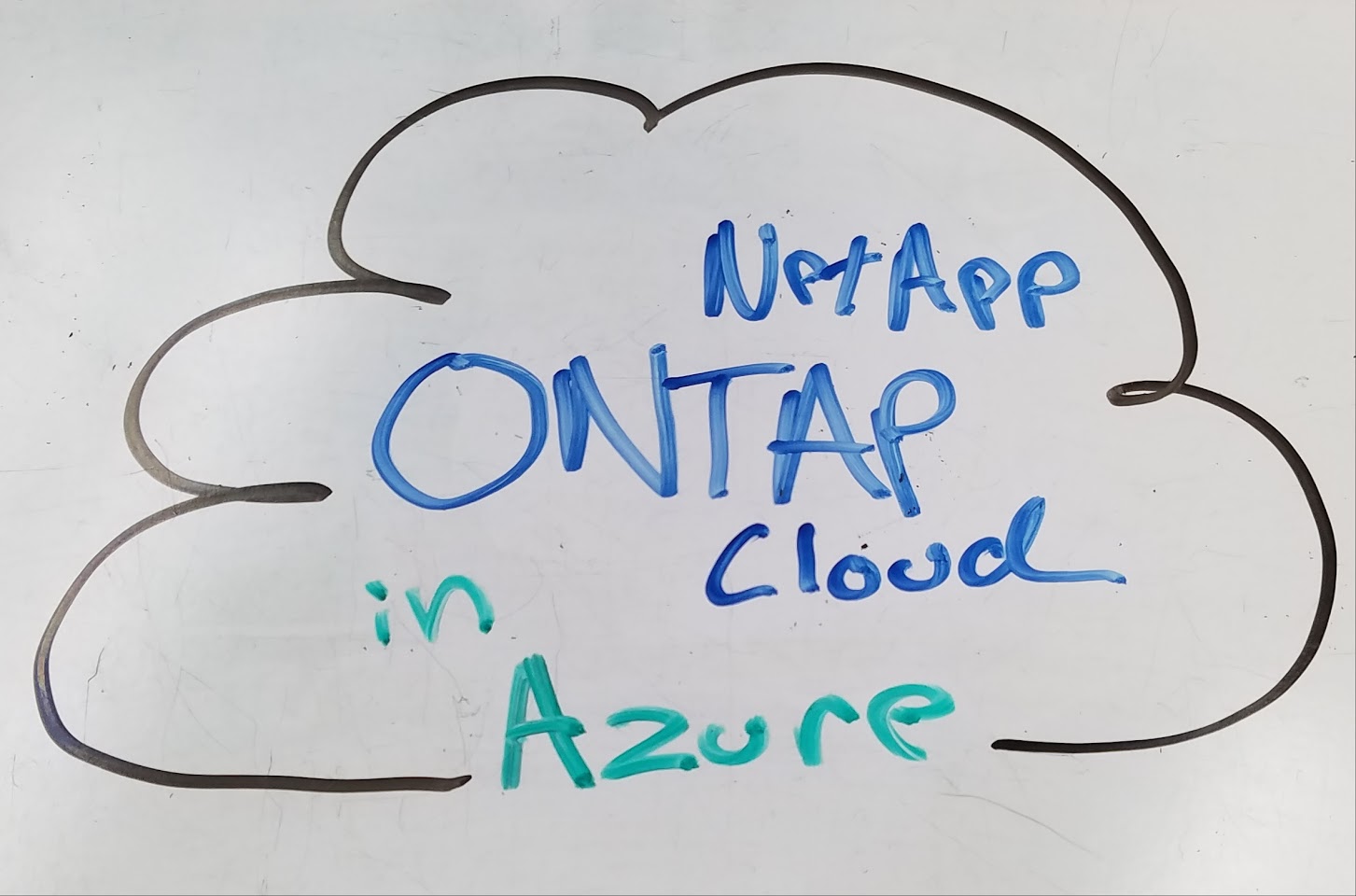Amazon FSx for NetApp ONTAP – A Brief-ish Overview
Who is your daddy and what does he do? What is it? Amazon FSx is AWS’s managed services for filesystems. Basically if you want Windows File Server or Lustre out of the box – aka don’t want to manually setup and support those in your environment – you can use FSx to deploy an AWS managed environment. FSx NetApp ONTAP, FSx for ONTAP, FSx ONTAP, or FSxO (pick your preferred name out of a hat) is the same. It allows AWS users to provision NetApp’s ONTAP environment as a service managed directly by AWS. Dec 10 Update – The internal[…]
Read more



